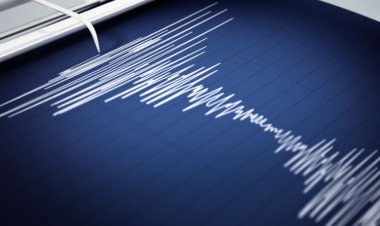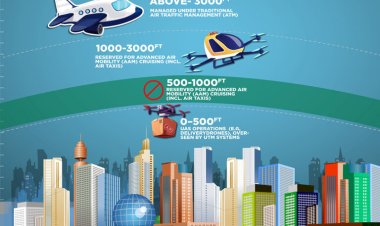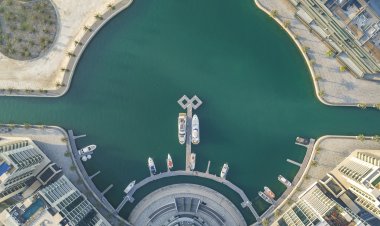Autumn Officially Begins in the UAE on September 22 with Cooler Weather and Stunning Skies Ahead

Autumn Officially Begins in the UAE on September 22 with Cooler Weather and Stunning Skies Ahead
Autumn will officially begin in the UAE on Monday, September 22, 2025, at exactly 10:20 PM, marking the moment of the autumnal equinox, when day and night are nearly equal in length across the globe. From this point forward, the sun begins its southward tilt, signaling the start of gradually declining temperatures in the Northern Hemisphere. In the UAE, this seasonal shift brings a welcome break from the intense summer heat and offers ideal conditions for both residents and sky watchers.
According to Ibrahim Al Jarwan, Chairman of the Emirates Astronomy Society and a member of the Arab Union for Astronomy and Space Sciences, climate data shows a steady cooling trend throughout the autumn season. At the start of autumn, daytime temperatures in the UAE average around 37°C, with nighttime lows of 23°C. By mid-autumn (November 8), temperatures drop to 32°C by day and 18°C at night, eventually cooling further to 26°C highs and 14°C lows by the end of the season on December 21. Humidity remains relatively high in September and October before easing off in mid-November, with average rainfall slowly increasing from less than 2 mm in October to around 16–18 mm in December.
Al Jarwan also highlighted the astronomical richness of the autumn sky, noting that several key phenomena are visible during this time. These include new moon phases scheduled for September 21 (Rabi‘ Al-Akhir), October 21 (Jumada Al-Awwal), and November 20 (Jumada Al-Thani) which create darker skies perfect for stargazing and observing distant galaxies and comets. Notable meteor showers such as the Orionids (peaking October 21–22) and the Taurids (active in November) will be visible, with optimal viewing after midnight, away from city lights.
Autumn skies will also showcase brilliant constellations like Orion (“Al-Jawza”), Cassiopeia (“Al-Naqah”), Andromeda, and Pegasus (“Al-Dalw”), along with the Summer Triangle composed of Vega, Altair, and Deneb. Two comets may also make an appearance this season: Comet Lemmon (C/2025 A6) and Interstellar Comet 3I/ATLAS, the latter originating from beyond our solar system and possibly visible with binoculars or small telescopes.
As autumn progresses, the duration of daylight in the UAE will gradually decrease from around 12 hours and 18 minutes at the start of the season, to 11 hours and 30 minutes by mid-autumn, and down to 10 hours and 55 minutes by late December. No solar or lunar eclipses will be visible in the UAE during autumn 2025, but clear night skies across the desert and mountainous regions will make for excellent stargazing opportunities.
Described as a transitional season, autumn in the UAE bridges the scorching summer and the mild winter, marked by cooling temperatures, longer nights, and an abundance of celestial activity. Al Jarwan concluded by noting that this period not only offers relief from the heat but also a chance to reconnect with the night sky a tradition deeply rooted in Arab heritage.























